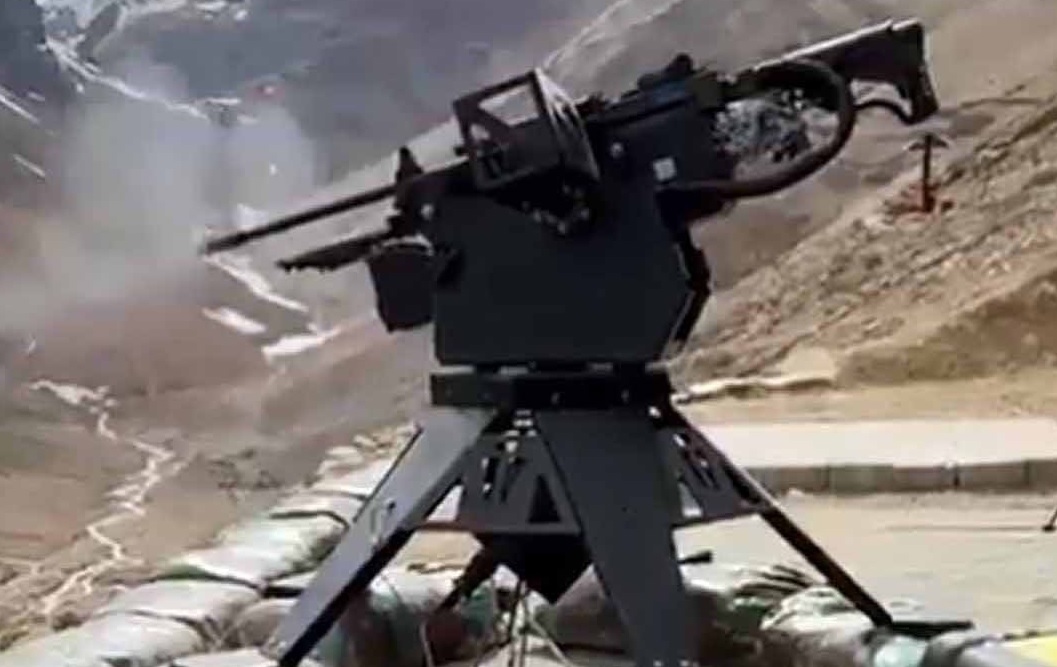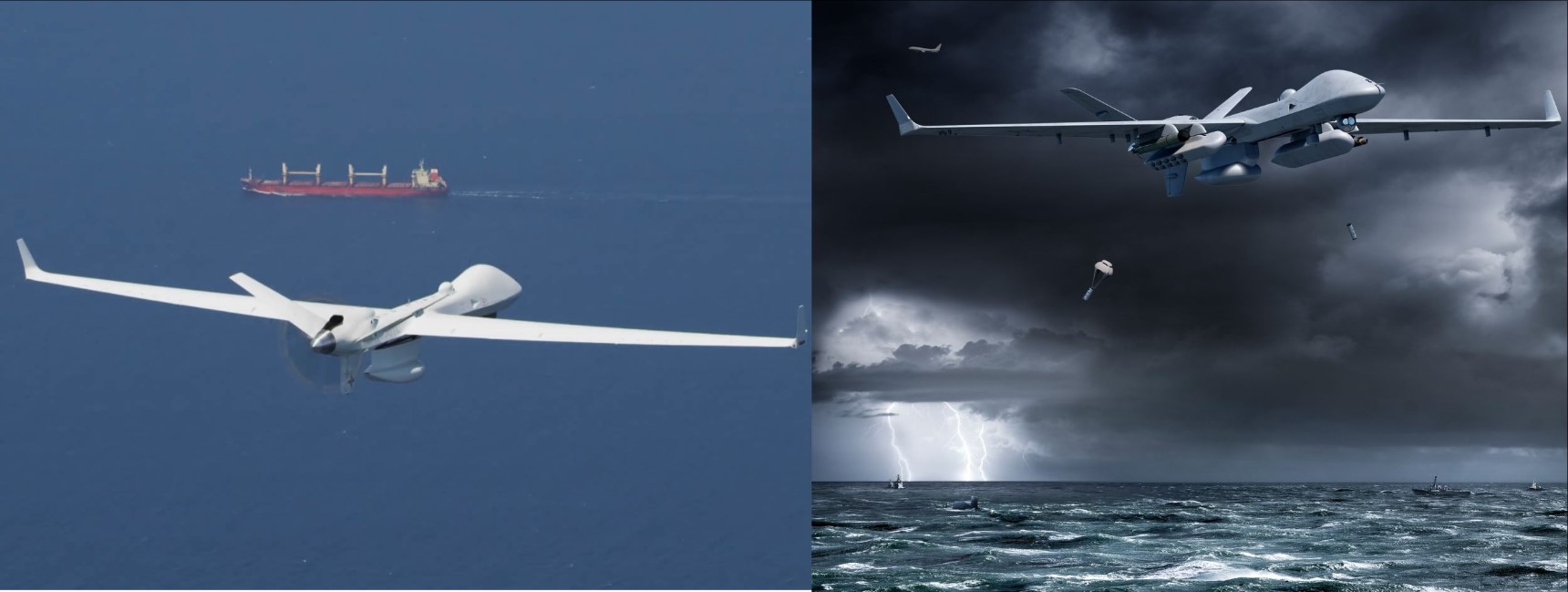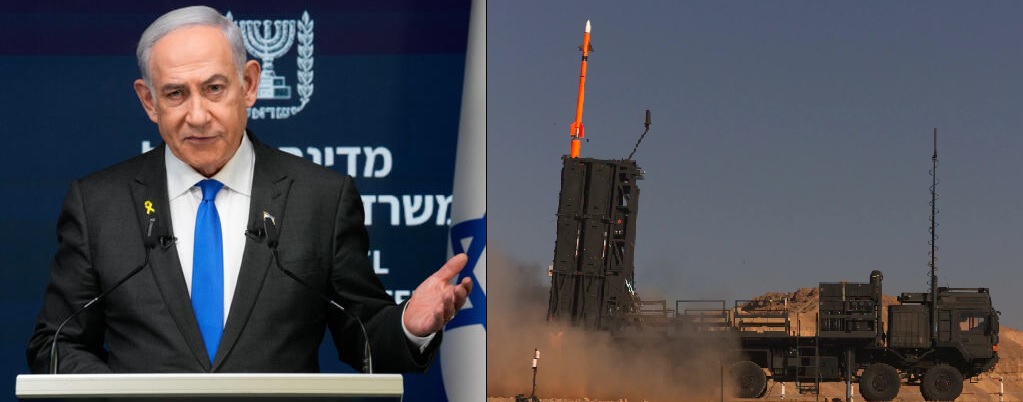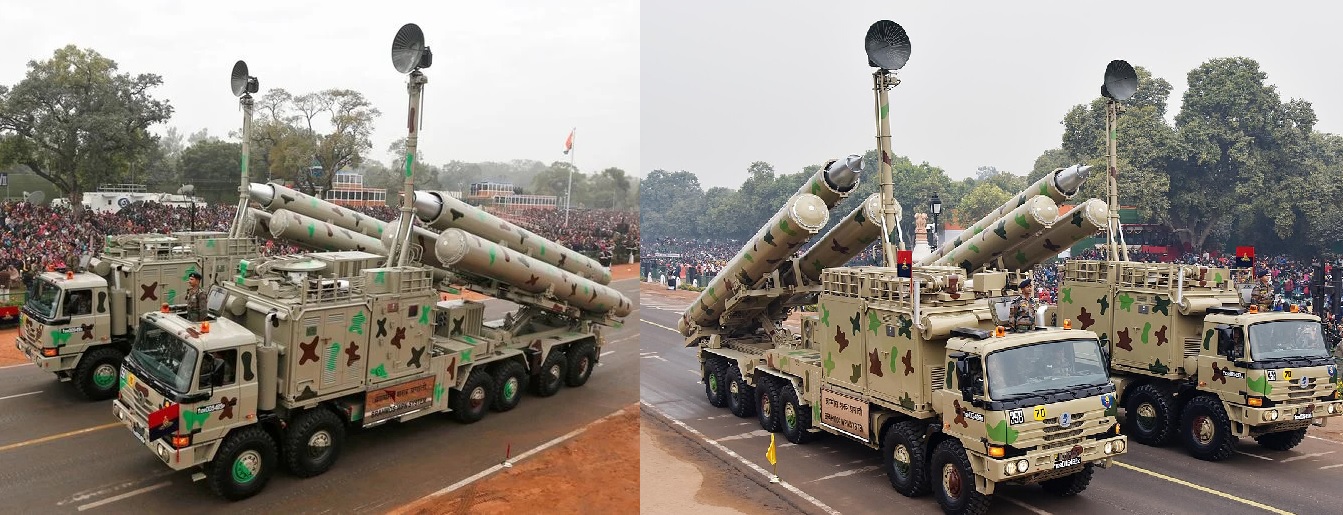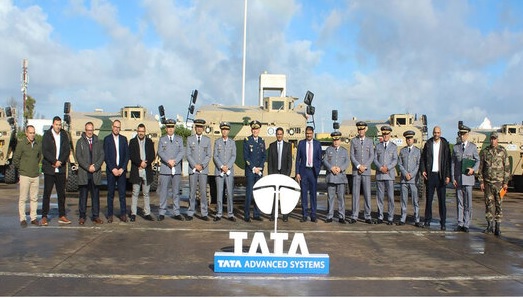US Seeks India’s Participation in Next-Gen Stealth Tanker Program Amid Cost and Development Challenges
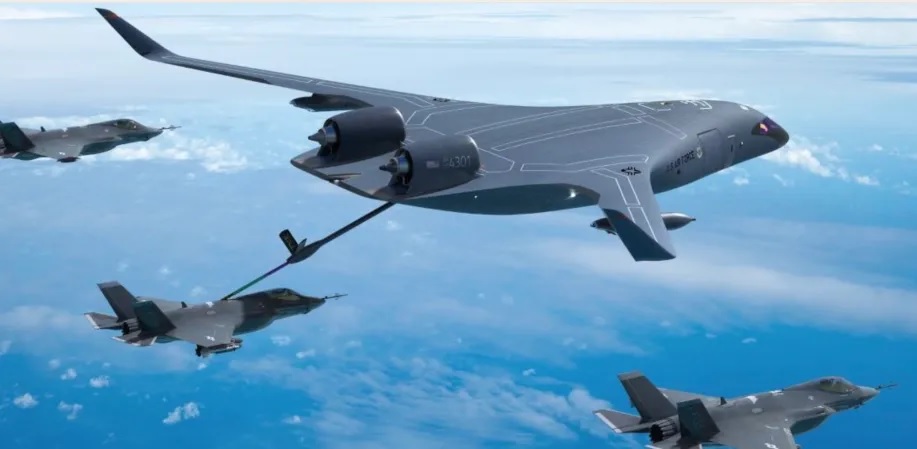
The United States Department of Defense is actively seeking key international allies, including India, to join its Next-Generation Air Refueling System (NGAS) program. This initiative is a strategic move to distribute development costs, enhance technological collaboration, and accelerate progress in creating a stealth tanker that can support future aerial combat operations.
For India, this invitation marks another milestone in its deepening defense relationship with the US. As a designated Major Defense Partner, India has steadily increased cooperation in areas ranging from fighter jet engines to naval technologies. Participation in the NGAS program could further solidify this partnership, offering India access to cutting-edge aerospace technologies and enhancing interoperability with US and allied forces.
The Evolution and Challenges of NGAS
The need for a next-generation tanker stems from the aging US Air Force (USAF) fleet, primarily consisting of KC-135 Stratotankers—some of which date back to the 1950s. To replace these, the USAF initiated a three-phase modernization plan:
-
KC-X Phase – Led to the procurement of Boeing KC-46 Pegasus tankers, currently replacing older aircraft.
-
KC-Y Phase – A bridging effort that may involve additional KC-46 orders or competition between Boeing, Airbus, and Lockheed Martin for a more capable commercial-derived tanker.
-
KC-Z (now NGAS) – Initially envisioned as a highly advanced stealth tanker, capable of operating in contested airspace and supporting next-gen fighter aircraft like the NGAD and unmanned aerial systems.
Despite its ambitious goals, the NGAS program has faced funding challenges. In early 2024, budgetary constraints and competing priorities—such as the Next Generation Air Dominance (NGAD) fighter and the B-21 Raider bomber—led to uncertainty over NGAS funding. Some USAF studies even suggested canceling the program due to cost concerns. However, the Pentagon revived interest in mid-2024, emphasizing the need for a tanker capable of operating closer to battle zones without being easily detected or targeted.
India’s Potential Role and Strategic Considerations
India’s inclusion in NGAS discussions reflects Washington’s push for deeper defense-industrial partnerships. The US sees India as a key player in diversifying supply chains, sharing research and development costs, and fostering a more resilient defense ecosystem.
For India, the opportunity is both promising and challenging. On the positive side, it could gain early access to stealth refueling technology, boost its domestic aerospace manufacturing sector, and integrate its software and networking expertise into a high-end US defense program. The INDUS-X initiative, launched in 2023, already aims to enhance joint defense research and industry collaboration, making NGAS a natural extension of this effort.
However, India must carefully evaluate the financial and strategic implications. Unlike the USAF, India operates a relatively small aerial refueling fleet, consisting mainly of Russian Il-78 tankers and planned Airbus A330 MRTTs. Investing in a program like NGAS could divert resources from other priorities, such as the indigenous Advanced Medium Combat Aircraft (AMCA) program or naval modernization efforts.
Additionally, technology transfer and intellectual property issues remain potential sticking points. The US maintains strict controls on stealth and autonomous systems, which could limit the depth of India’s participation. Regulatory hurdles, export restrictions, and the compatibility of India’s procurement policies with US defense contracts will also need to be addressed.
A Calculated Move in a Changing Geopolitical Landscape
Despite uncertainties, the US effort to engage allies in NGAS aligns with a broader trend of collaborative defense programs. With China’s expanding airpower and the increasing demand for extended-range operations in the Indo-Pacific, a stealth tanker could play a crucial role in future conflicts.
For India, participation in NGAS would signal its growing role in global defense innovation. But it will have to weigh the benefits of advanced technological exposure against the risks of investing in a project with an uncertain timeline and cost trajectory. If structured effectively, this collaboration could enhance India’s defense-industrial base while offering the USAF a critical capability in the years to come.
✍️ This article is written by the team of The Defense News.
